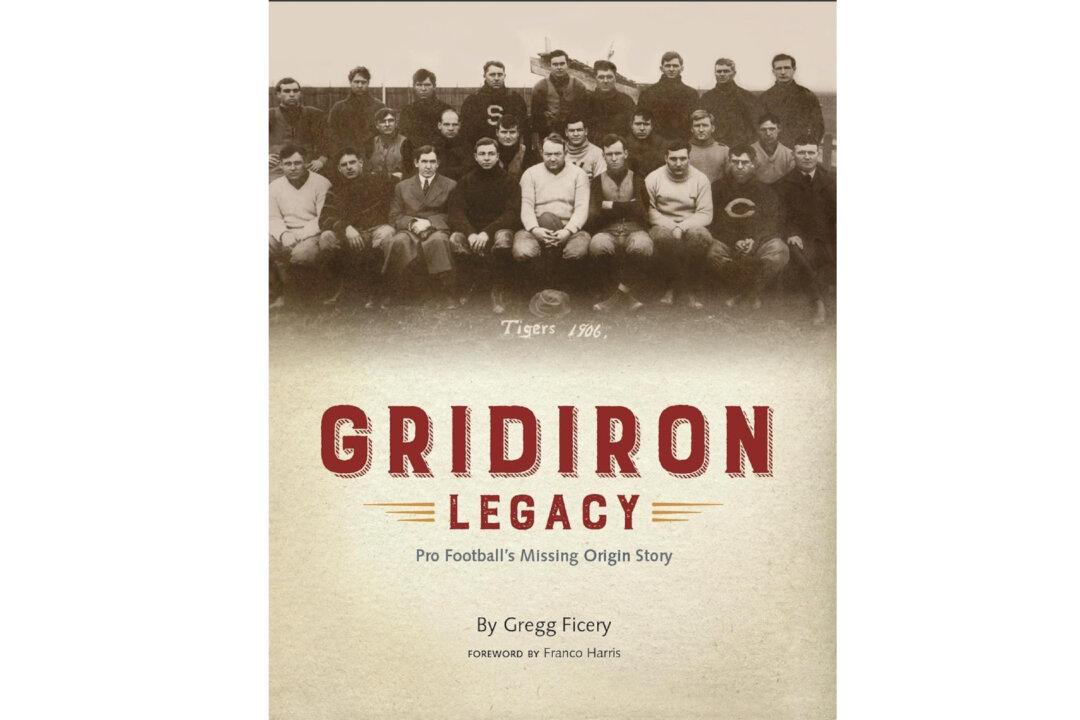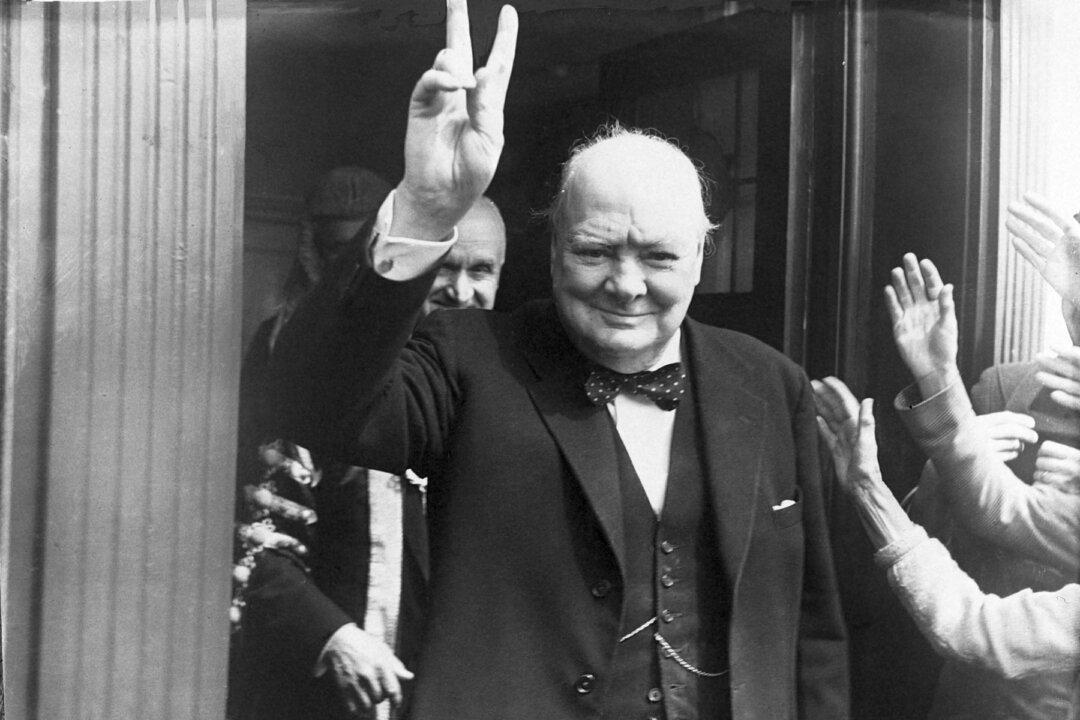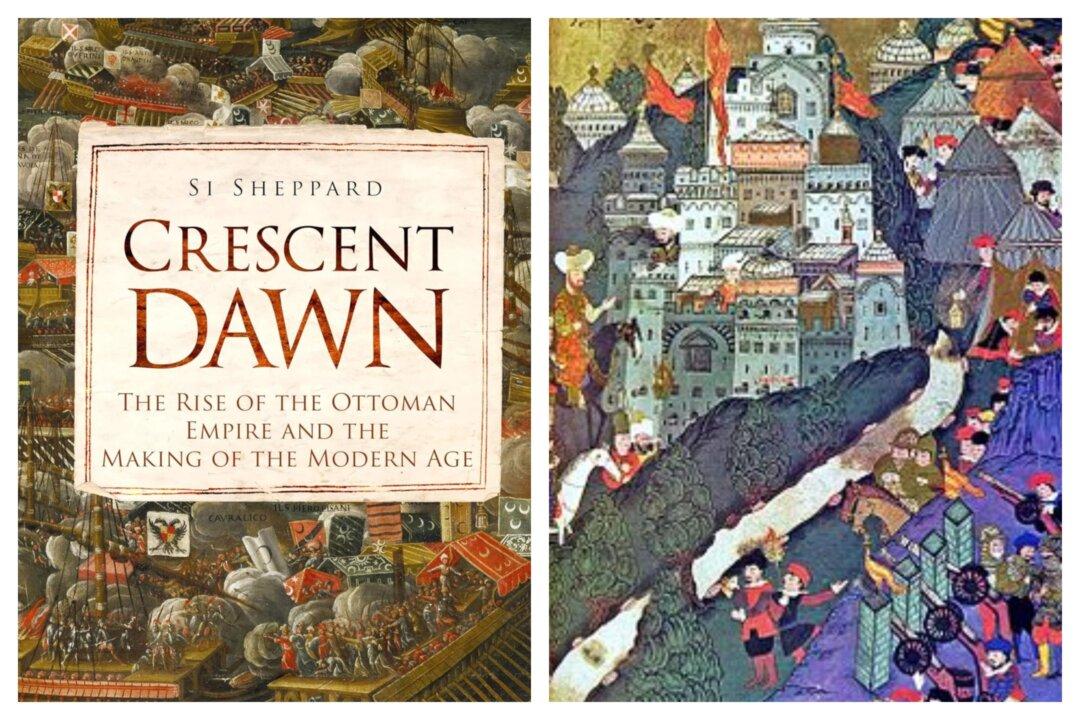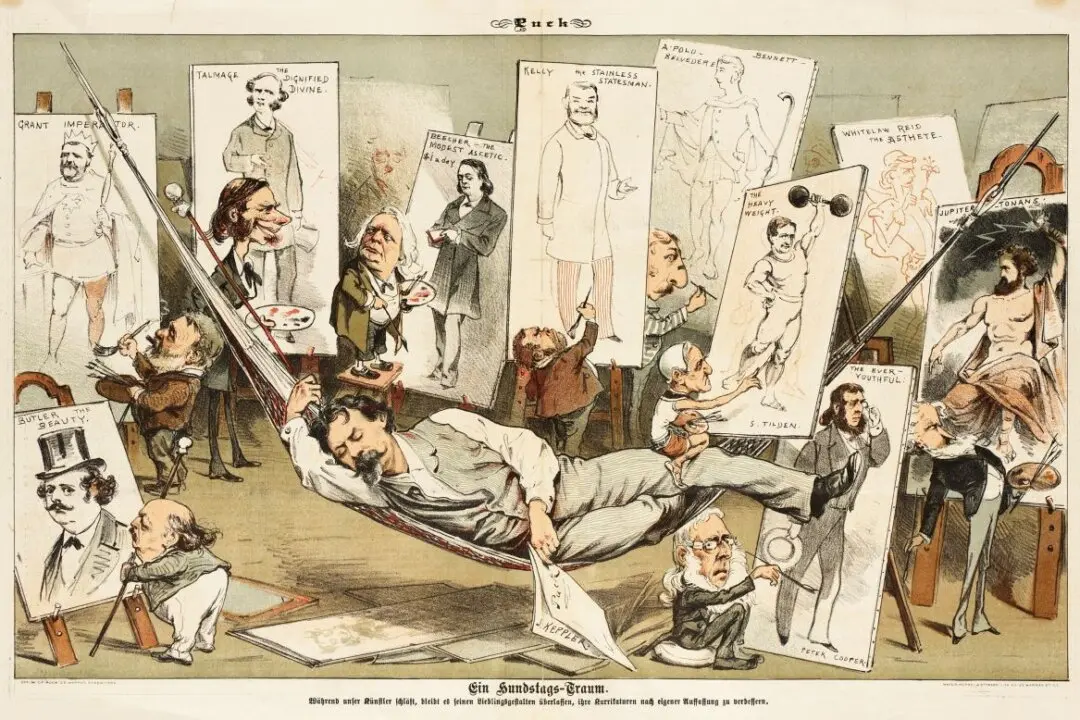What is archaeology but the study of the remains of the past? Gregg Ficery has spent more than 15 years researching his genealogy and finding remnants of his family’s past―a past that connects to the broader picture of American history and culture. In his book “Gridiron Legacy: Pro Football’s Missing Origin Story,” Mr. Ficery has proven that if we are willing to dig into our past, we all can be genealogists.
Mr. Ficery’s interest in his family’s legacy originated from stories he heard from his grandmother about her father, Bob Shiring, who played center for the Massillon Tigers of Ohio in the earliest days of football (then spelled foot ball). Though the stories were folklore, it didn’t necessarily mean they weren’t true; but it did ensure the stories were captivating.






